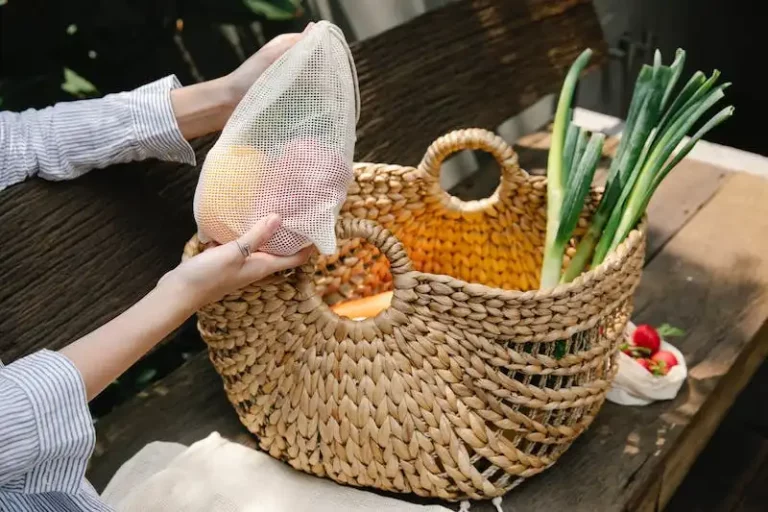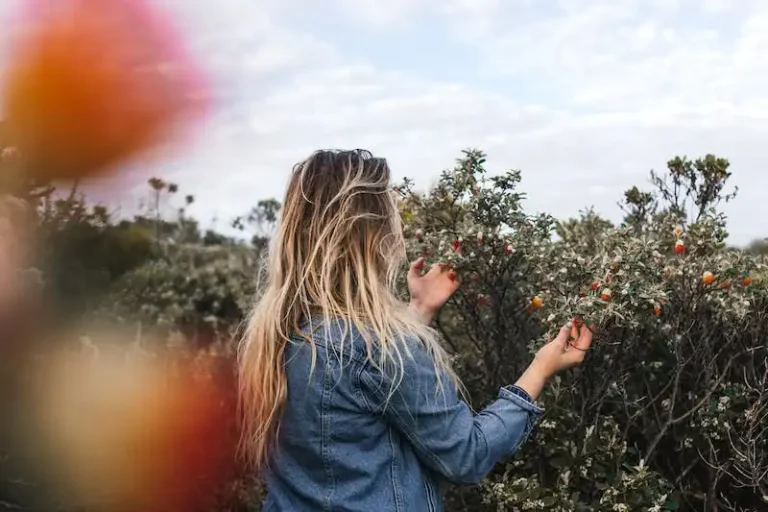Fennel Plant
The fennel plant, with its yellow-green color, is a versatile herb that can be used in every aspect of cooking. Fennel is often used to add a unique flavor to dishes, as it has a slightly sweet and anise-like taste. It is an herb that is commonly found in Mediterranean and Middle Eastern cuisines, and has been used for centuries. Fennel is a direct descendant of an ancient wild herb that was used by the Greeks and Romans.
Fennel is a plant that can grow in any type of soil, but it prefers well-drained soil with good moisture retention. It needs to be exposed to direct sunlight for most of the day, so placing it in a sunny location is important. Fennel has specific requirements when it comes to humidity and temperature, so it is essential to follow these guidelines to ensure that the plant grows properly. Fennel is commonly grown as an annual, as it is a shorter season plant that can be harvested in as little as 60 to 90 days.
Fennel plants have segmented leaf blades that resemble those of celery, but they are thinner and more delicate. The plant doesn’t have any major pests or diseases, so it is relatively easy to grow. However, it is important to keep an eye out for any signs of trouble, such as yellow or brown leaves, which may indicate a problem. Fennel can be harvested when the bulbs are developed, usually in late summer or early fall.
In a garden setting, fennel should be planted with care, as it can become invasive if left to spread. A good way to prevent this is to harvest the seeds and remove spent flowers regularly. Fennel can be grown in pots, but it needs to be established before sharing a pot with other plants. It is also important to make sure that the potting soil is well-drained and has enough moisture.
When selecting a location for fennel, it is important to consider its light requirements. Fennel needs to be grown in a sunny spot, so placing it in a shaded area will result in poor growth. Additionally, fennel can attract butterfly species, which is a good thing if you want to create a butterfly-friendly garden. However, it can also be considered invasive in some areas, so always check with your local authorities before planting it.
Fertilizer can be used to promote fennel growth, but it is important to select a fertilizer that is appropriate for the plant’s needs. Fennel requires a fertilizer that is low in nitrogen but rich in phosphorus and potassium. Additionally, using organic fertilizers is a good way to ensure that the plant is getting the nutrients it needs without using harsh chemicals.
In conclusion, the fennel plant is a versatile herb that can be used in various dishes. It has specific growing requirements that need to be followed, but once established, it is a relatively easy plant to take care of. Whether you have a large garden or just a small pot, fennel can be a great addition to your herb collection.
Why Fennel Is Really Bad For Your Garden – But You Should Grow it Anyway
Fennel, scientifically known as Foeniculum vulgare, is a plant species that has a bad reputation in gardens. Its invasive nature and ability to spread quickly can cause problems for other plants in your garden. However, despite all the downsides, there are still good reasons to grow fennel.
One of the main reasons to cultivate fennel is its unique flavor. Fennel has a smooth and delicate taste that adds a distinct flavoring to your dishes. Many people love the flavor of fennel, which is often described as a combination of anise and licorice.
Another reason to grow fennel is its versatility. Fennel can be used in various ways, both in cooking and for medicinal purposes. The dried seeds, roots, and leaves of the fennel plant are all edible and can be used in different recipes to enhance the taste. Additionally, fennel can be used for making herbal tea and has several health benefits.
Despite being harmful to other plants, fennel provides support to some species. It attracts beneficial pollinators, such as bees and butterflies, with its bright yellow flowers. This can be beneficial for the overall biodiversity of your garden.
When it comes to cultivation, fennel is relatively easy to grow. It is an annual plant that prefers warm and sunny locations with moist, well-drained soil. It doesn’t require much water and can tolerate some drought. Fennel can also be grown in pots or containers, making it suitable for gardens with limited space.
Although fennel can harm other plants, there are ways to prevent its negative effects. Keeping fennel plants in check by removing any unwanted growth, such as self-seeded plants, can help control its spread. Additionally, selecting a location at the edge of your garden or using physical barriers can help contain fennel and prevent it from overtaking other plants.
In conclusion, fennel is a plant that comes with its fair share of disadvantages for your garden. It can be invasive and harmful to other plants if not properly managed. However, the unique flavor, versatile usage, and ecological benefits make it worth growing. By taking necessary precautions and being mindful of its growth, you can enjoy the benefits of fennel in your garden.
Are you confused yet
If you’re new to gardening, you may be feeling overwhelmed by the amount of information out there on how to grow fennel. Don’t worry, you’re not alone! Growing fennel can be a bit tricky, but with some guidance, you’ll soon become familiar with its unique growing requirements.
First of all, it’s important to note that fennel is an allelopathic plant, meaning it releases chemicals that can prevent the growth of other plants around it. This can be an advantage if you’re looking to keep weeds at bay, but it also means you need to be careful about planting fennel too close to other plants you want to thrive.
Fennel is commonly grown as a perennial in some areas, while in others it is grown as an annual. If you live in a colder climate, it’s best to treat fennel as an annual and start seeds indoors about 8-10 weeks before the last expected frost date. Once the danger of frost has passed, you can transplant them outdoors.
Unlike some other herbs, fennel doesn’t like to be directly transplanted, so if you’re starting your seeds indoors, make sure you transplant them carefully to avoid damaging the delicate roots.
Fennel prefers full sun and well-drained soil, but it can tolerate some shade and even grows well in slightly acidic soils. It is also a fairly thirsty plant, so make sure to water it regularly, especially during dry periods. However, be careful not to overwater, as fennel doesn’t like to sit in waterlogged soil.
When it comes to fertilizing fennel, less is better. Fennel is a light feeder and doesn’t require a lot of fertilizer. In fact, too much nitrogen can actually cause fennel to produce more foliage and delay the formation of bulbs. So, it’s best to use a balanced fertilizer sparingly or even avoid it altogether.
Fennel has a long growing season, typically taking about 90-115 days to mature. During this period, it’s important to keep an eye out for pests and diseases. Fennel is particularly susceptible to bolting, which is when it prematurely sends up a flower stalk. To prevent bolting, make sure to keep the plant well-watered and avoid letting it dry out.
If you prefer a milder taste, you can blanch the fennel by covering it with a pot or a cloth to block out the light. This will result in a more tender and less bitter flavor. However, if you enjoy the strong anise taste of fennel, you can leave it to grow without blanching.
When it comes to pruning fennel, it’s best to leave it alone. Fennel plants are delicate and prone to stress, so it’s best to avoid pruning them unless absolutely necessary.
If you’re growing fennel for its bulb, make sure to harvest it when it’s still young and tender, typically around 70-90 days after planting. The bulb should be firm, with a yellow-green color. Harvesting fennel after it has matured too much can result in a woody and tough texture.
So, in conclusion, growing fennel can be a bit confusing at first, but with some patience and attention to its specific needs, you’ll be able to enjoy its unique flavor and many gardening benefits.
What Is Fennel
Fennel, scientifically known as Foeniculum vulgare, is a flowering plant in the carrot family. It is native to the Mediterranean region but is now cultivated in many parts of the world for its aromatic seeds and flavorful bulb. Fennel plants can grow up to 2 meters in height and have feathery, delicate fronds.
The seedlings of fennel require proper care and specific growth requirements to thrive. Fennel is often considered a delicate plant, and its growth can be affected by the presence of certain chemicals in nearby plantings. This phenomenon, known as allelopathy, can hinder the growth of fennel when planted near another plant that produces allelopathic chemicals.
When it comes to the growth requirements of fennel, it is relatively easy to keep this plant happy. It can be grown in various soil types, but it prefers well-draining soil and a sunny location. Fennel plants can tolerate a wide range of temperatures and are often grown as perennials. However, in colder states, they may not overwinter without proper protection.
Fennel has a unique flavor profile, often described as a combination of sweet and slightly bitter. It is popular among chefs and home cooks alike for its aromatic and culinary uses. The bulbs of fennel can be harvested and used in various dishes, while the seeds are commonly used as a spice or herbal remedy.
Another notable feature of fennel is its attractive appearance in the garden. The feathery fronds and yellow flowers of the plant make it a great addition to any garden or landscape. Fennel also attracts beneficial insects like butterflies, making it a favorite among gardeners who practice natural pest control.
Overall, fennel is a versatile plant that can be grown with relative ease. It has specific growth requirements, but once established, it can thrive and produce bountiful harvests. Whether used in cooking, gardening, or herbal remedies, fennel adds depth and flavor to various applications.




